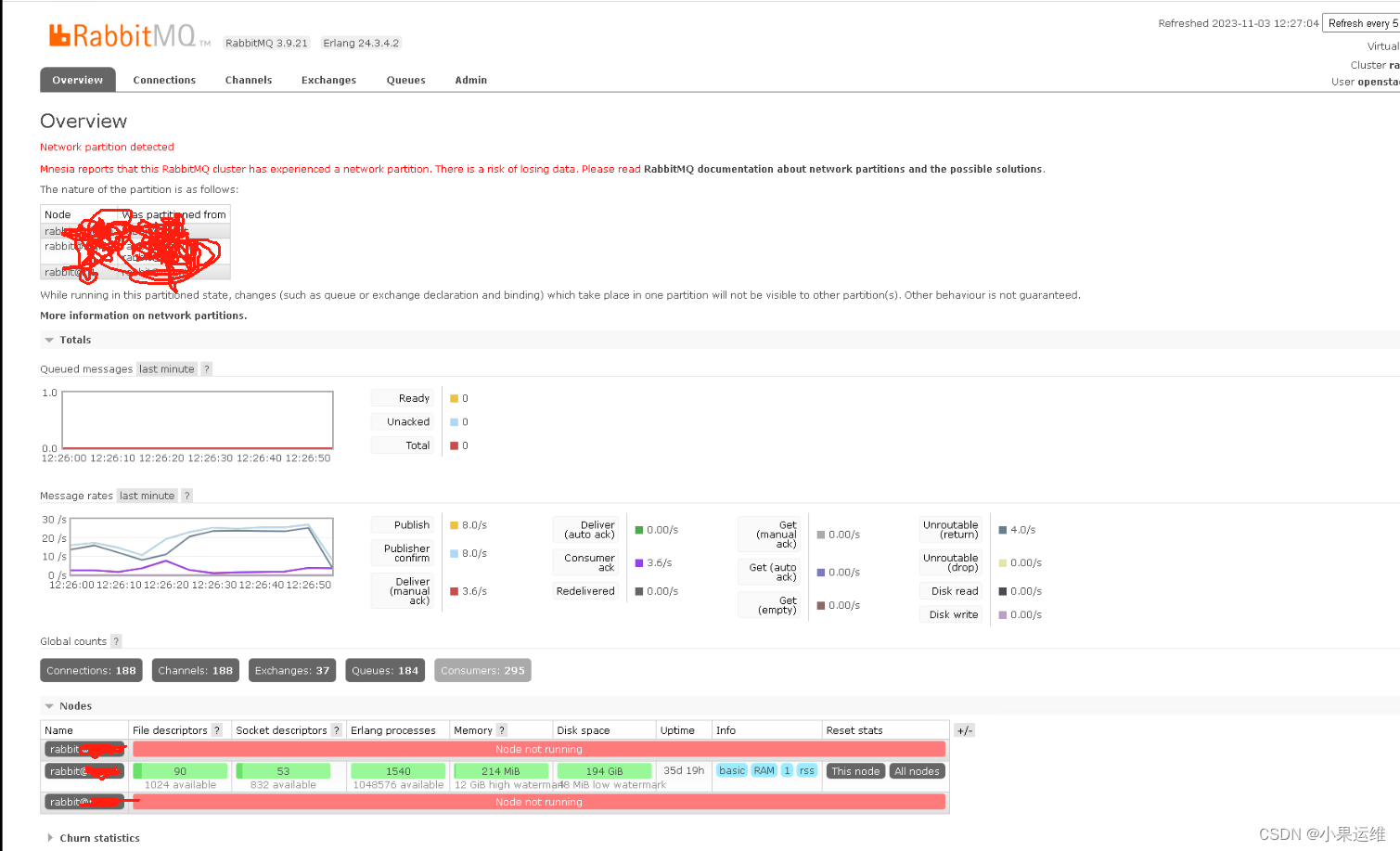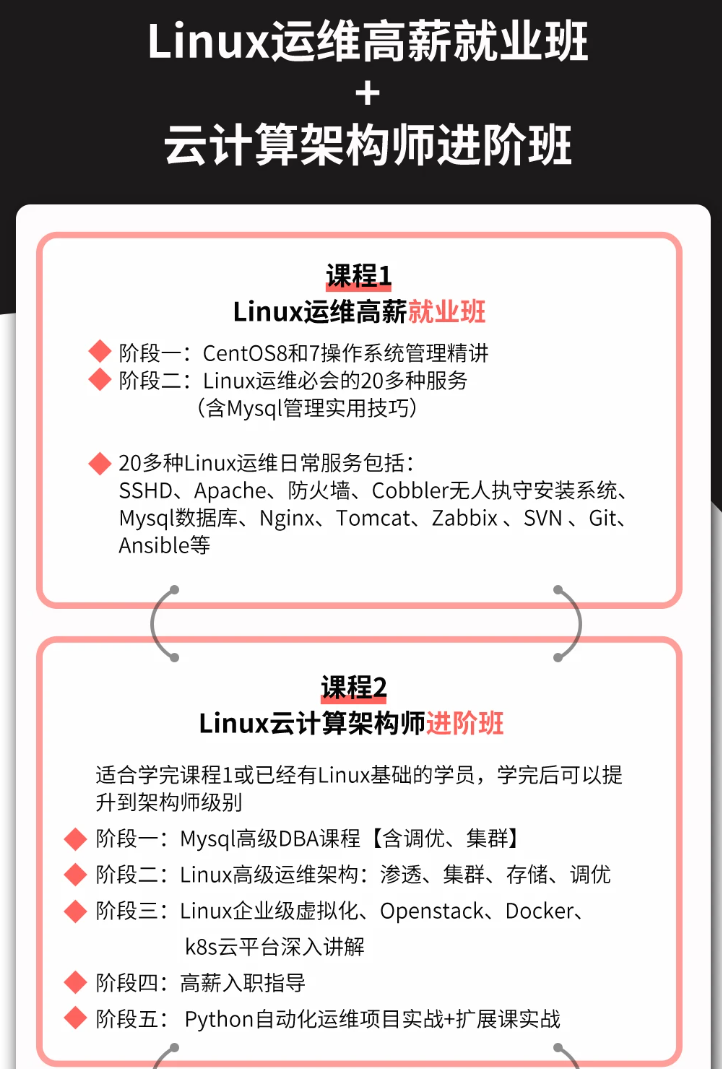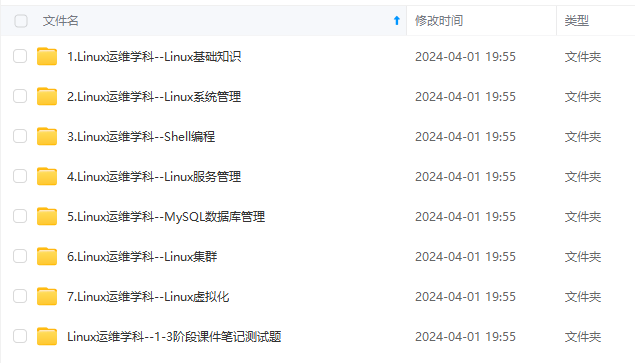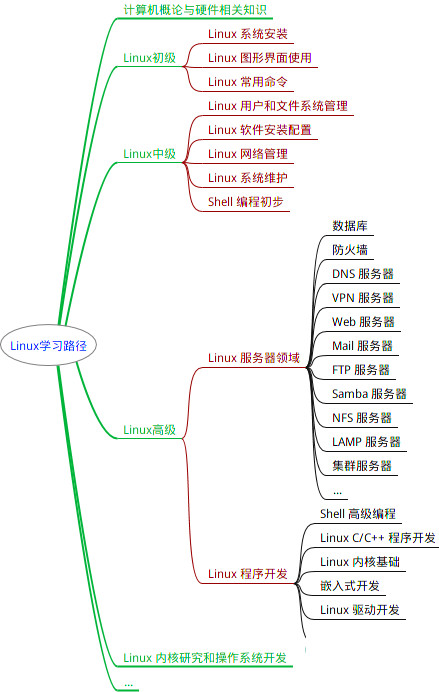连接到 rabbitmq 服务器
connection = pika.BlockingConnection(pika.ConnectionParameters(‘localhost’))
channel = connection.channel()
定义队列名称
queue_name = ‘test_queue’
向队列写入消息
channel.queue_declare(queue=queue_name)
channel.basic_publish(exchange=‘’,
routing_key=queue_name,
body=‘Hello World!’)
print(" [x] Sent ‘Hello World!’")
从队列中读取消息
method_frame, header_frame, body = channel.basic_get(queue=queue_name, auto_ack=True)
if method_frame:
print(" [x] Received %r" % body)
else:
print(‘No message returned’)
关闭连接
connection.close()
在上述代码中,我们首先连接到了本地的 rabbitmq 服务器。然后定义了一个名为 test_queue 的队列,并向队列中写入了一条消息:Hello World!。接着,我们又从队列中读取了一条消息,并将其打印出来。
### 在Node.js中使用RabbitMQ
在Node.js中使用RabbitMQ需要先安装amqplib库,可以通过npm进行安装:
npm install amqplib
##以下是使用RabbitMQ的基本步骤:
##建立与RabbitMQ服务器的连接
const amqp = require(‘amqplib’);
amqp.connect(‘amqp://localhost’).then(function(conn) {
//执行后续操作
});
###创建通道(channel)
conn.createChannel().then(function(ch) {
//执行后续操作
});
#发送消息
const queueName = “hello”;
ch.assertQueue(queueName, { durable: false });
ch.sendToQueue(queueName, new Buffer(‘Hello World!’));
接收消息
const queueName = “hello”;
ch.assertQueue(queueName, { durable: false });
ch.consume(queueName, function(msg) {
console.log(“Received message: %s”, msg.content.toString());
}, { noAck: true });
#######完整示例代码:
const amqp = require(‘amqplib’);
amqp.connect(‘amqp://localhost’).then(function(conn) {
conn.createChannel().then(function(ch) {
const queueName = “hello”;
ch.assertQueue(queueName, { durable: false });
ch.sendToQueue(queueName, new Buffer(‘Hello World!’));
ch.assertQueue(queueName, { durable: false });
ch.consume(queueName, function(msg) {
console.log("Received message: %s", msg.content.toString());
}, { noAck: true });
});
}).catch(function(err) {
console.log(‘Error:’, err);
});
##
## 4. 常用管理命令
#添加新用户
sudo rabbitmqctl add_user username password
#删除用户
sudo rabbitmqctl delete_user username
#分配用户权限
sudo rabbitmqctl set_permissions -p / virtual-hostname ‘username’ ‘.’ '.’ ‘.*’
#查看用户列表
sudo rabbitmqctl list_users
#查看队列列表
sudo rabbitmqctl list_queues
#查看交换机列表
sudo rabbitmqctl list_exchanges
#查看绑定列表
sudo rabbitmqctl list_bindings
#查看 vhost 列表
sudo rabbitmqctl list_vhosts
#查看某个 vhost 的权限控制列表
sudo rabbitmqctl list_permissions -p virtual-hostname
#查看 RabbitMQ 服务器信息
sudo rabbitmqctl status
## 5. 设置集群policy设置
##语句格式
rabbitmqctl set_policy [-p ]
rabbitmqctl clear_policy [-p ]
rabbitmqctl list_policies [-p ]
[ host1 ] 设置 ha-mode 高可用模式
rabbitmqctl set_policy ha-all ‘^(?!amq.).*’ ‘{“ha-mode”: “all”}’;
置一个队列的最大长度为1000条消息:
rabbitmqctl set_policy max-length-1000 “^my-queue$” ‘{“max-length”:1000}’ --apply-to queues
## 6. 启用web面板插件
启用web插件
rabbitmq-plugins enable rabbitmq_management
##在本服务器或者同网段其他主机打开浏览器即可访问rabbitmq集群状态和管理页面

使用前面命令添加用户并设置为管理员即可登陆web界面。

## 7. rabbitmq配置文件参考
###一般情况下不用在这里修改配置文件,但自定义参数的时候还是很有用的。
cat /etc/rabbitmq/rabbitmq.conf
This example configuration file demonstrates various settings
available via rabbitmq.conf. It primarily focuses core broker settings
but some tier 1 plugin settings are also covered.
This file is AN EXAMPLE. It is NOT MEANT TO BE USED IN PRODUCTION. Instead of
copying the entire (large!) file, create or generate a new rabbitmq.conf for the target system
and populate it with the necessary settings.
See https://rabbitmq.com/configure.html to learn about how to configure RabbitMQ,
the ini-style format used by rabbitmq.conf, how it is different from advanced.config,
how to verify effective configuration, and so on.
See https://rabbitmq.com/documentation.html for the rest of RabbitMQ documentation.
In case you have questions, please use RabbitMQ community Slack and the rabbitmq-users Google group
instead of GitHub issues.
======================================
Core broker section
======================================
####这下面的5672,5671如果已经被占用时或者为了安全考虑可修改为其他端口,在服务应用时也需要调整成新的端口
Networking
====================
Related doc guide: https://rabbitmq.com/networking.html.
By default, RabbitMQ will listen on all interfaces, using
the standard (reserved) AMQP 0-9-1 and 1.0 port.
listeners.tcp.default = 5672
To listen on a specific interface, provide an IP address with port.
For example, to listen only on localhost for both IPv4 and IPv6:
IPv4
listeners.tcp.local = 127.0.0.1:5672
IPv6
listeners.tcp.local_v6 = ::1:5672
You can define multiple listeners using listener names
listeners.tcp.other_port = 5673
listeners.tcp.other_ip = 10.10.10.10:5672
TLS listeners are configured in the same fashion as TCP listeners,
including the option to control the choice of interface.
listeners.ssl.default = 5671
It is possible to disable regular TCP (non-TLS) listeners. Clients
not configured to use TLS and the correct TLS-enabled port won’t be able
to connect to this node.
listeners.tcp = none
Number of Erlang processes that will accept connections for the TCP
and TLS listeners.
num_acceptors.tcp = 10
num_acceptors.ssl = 10
Socket writer will force GC every so many bytes transferred.
Default is 1 GiB (1000000000). Set to ‘off’ to disable.
socket_writer.gc_threshold = 1000000000
To disable:
socket_writer.gc_threshold = off
Maximum amount of time allowed for the AMQP 0-9-1 and AMQP 1.0 handshake
(performed after socket connection and TLS handshake) to complete, in milliseconds.
handshake_timeout = 10000
Set to ‘true’ to perform reverse DNS lookups when accepting a
connection. rabbitmqctl and management UI will then display hostnames
instead of IP addresses. Default value is false.
reverse_dns_lookups = false
Security, Access Control
==============
Related doc guide: https://rabbitmq.com/access-control.html.
The default “guest” user is only permitted to access the server
via a loopback interface (e.g. localhost).
{loopback_users, [<<“guest”>>]},
loopback_users.guest = true
Uncomment the following line if you want to allow access to the
guest user from anywhere on the network.
loopback_users.guest = false
TLS configuration.
Related doc guide: https://rabbitmq.com/ssl.html.
listeners.ssl.1 = 5671
ssl_options.verify = verify_peer
ssl_options.fail_if_no_peer_cert = false
ssl_options.cacertfile = /path/to/cacert.pem
ssl_options.certfile = /path/to/cert.pem
ssl_options.keyfile = /path/to/key.pem
ssl_options.honor_cipher_order = true
ssl_options.honor_ecc_order = true
These are highly recommended for TLSv1.2 but cannot be used
with TLSv1.3. If TLSv1.3 is enabled, these lines MUST be removed.
ssl_options.client_renegotiation = false
ssl_options.secure_renegotiate = true
Limits what TLS versions the server enables for client TLS
connections. See https://www.rabbitmq.com/ssl.html#tls-versions for details.
Cutting edge TLS version which requires recent client runtime
versions and has no cipher suite in common with earlier TLS versions.
ssl_options.versions.1 = tlsv1.3
Enables TLSv1.2 for best compatibility
ssl_options.versions.2 = tlsv1.2
Older TLS versions have known vulnerabilities and are being phased out
from wide use.
Limits what cipher suites the server will use for client TLS
connections. Narrowing this down can prevent some clients
from connecting.
If TLSv1.3 is enabled and cipher suites are overridden, TLSv1.3-specific
cipher suites must also be explicitly enabled.
See https://www.rabbitmq.com/ssl.html#cipher-suites and https://wiki.openssl.org/index.php/TLS1.3#Ciphersuites
for details.
The example below uses TLSv1.3 cipher suites only
ssl_options.ciphers.1 = TLS_AES_256_GCM_SHA384
ssl_options.ciphers.2 = TLS_AES_128_GCM_SHA256
ssl_options.ciphers.3 = TLS_CHACHA20_POLY1305_SHA256
ssl_options.ciphers.4 = TLS_AES_128_CCM_SHA256
ssl_options.ciphers.5 = TLS_AES_128_CCM_8_SHA256
The example below uses TLSv1.2 cipher suites only
ssl_options.ciphers.1 = ECDHE-ECDSA-AES256-GCM-SHA384
ssl_options.ciphers.2 = ECDHE-RSA-AES256-GCM-SHA384
ssl_options.ciphers.3 = ECDHE-ECDSA-AES256-SHA384
ssl_options.ciphers.4 = ECDHE-RSA-AES256-SHA384
ssl_options.ciphers.5 = ECDH-ECDSA-AES256-GCM-SHA384
ssl_options.ciphers.6 = ECDH-RSA-AES256-GCM-SHA384
ssl_options.ciphers.7 = ECDH-ECDSA-AES256-SHA384
ssl_options.ciphers.8 = ECDH-RSA-AES256-SHA384
ssl_options.ciphers.9 = DHE-RSA-AES256-GCM-SHA384
ssl_options.ciphers.10 = DHE-DSS-AES256-GCM-SHA384
ssl_options.ciphers.11 = DHE-RSA-AES256-SHA256
ssl_options.ciphers.12 = DHE-DSS-AES256-SHA256
ssl_options.ciphers.13 = ECDHE-ECDSA-AES128-GCM-SHA256
ssl_options.ciphers.14 = ECDHE-RSA-AES128-GCM-SHA256
ssl_options.ciphers.15 = ECDHE-ECDSA-AES128-SHA256
ssl_options.ciphers.16 = ECDHE-RSA-AES128-SHA256
ssl_options.ciphers.17 = ECDH-ECDSA-AES128-GCM-SHA256
ssl_options.ciphers.18 = ECDH-RSA-AES128-GCM-SHA256
ssl_options.ciphers.19 = ECDH-ECDSA-AES128-SHA256
ssl_options.ciphers.20 = ECDH-RSA-AES128-SHA256
ssl_options.ciphers.21 = DHE-RSA-AES128-GCM-SHA256
ssl_options.ciphers.22 = DHE-DSS-AES128-GCM-SHA256
ssl_options.ciphers.23 = DHE-RSA-AES128-SHA256
ssl_options.ciphers.24 = DHE-DSS-AES128-SHA256
ssl_options.ciphers.25 = ECDHE-ECDSA-AES256-SHA
ssl_options.ciphers.26 = ECDHE-RSA-AES256-SHA
ssl_options.ciphers.27 = DHE-RSA-AES256-SHA
ssl_options.ciphers.28 = DHE-DSS-AES256-SHA
ssl_options.ciphers.29 = ECDH-ECDSA-AES256-SHA
ssl_options.ciphers.30 = ECDH-RSA-AES256-SHA
ssl_options.ciphers.31 = ECDHE-ECDSA-AES128-SHA
ssl_options.ciphers.32 = ECDHE-RSA-AES128-SHA
ssl_options.ciphers.33 = DHE-RSA-AES128-SHA
ssl_options.ciphers.34 = DHE-DSS-AES128-SHA
ssl_options.ciphers.35 = ECDH-ECDSA-AES128-SHA
ssl_options.ciphers.36 = ECDH-RSA-AES128-SHA
ssl_options.bypass_pem_cache = true
Select an authentication/authorisation backend to use.
Alternative backends are provided by plugins, such as rabbitmq-auth-backend-ldap.
NB: These settings require certain plugins to be enabled.
Related doc guides:
* https://rabbitmq.com/plugins.html
* https://rabbitmq.com/access-control.html
auth_backends.1 = rabbit_auth_backend_internal
uses separate backends for authentication and authorisation,
see below.
auth_backends.1.authn = rabbit_auth_backend_ldap
auth_backends.1.authz = rabbit_auth_backend_internal
The rabbitmq_auth_backend_ldap plugin allows the broker to
perform authentication and authorisation by deferring to an
external LDAP server.
Relevant doc guides:
* https://rabbitmq.com/ldap.html
* https://rabbitmq.com/access-control.html
uses LDAP for both authentication and authorisation
auth_backends.1 = rabbit_auth_backend_ldap
uses HTTP service for both authentication and
authorisation
auth_backends.1 = rabbit_auth_backend_http
uses two backends in a chain: HTTP first, then internal
auth_backends.1 = rabbit_auth_backend_http
auth_backends.2 = rabbit_auth_backend_internal
Authentication
The built-in mechanisms are ‘PLAIN’,
‘AMQPLAIN’, and ‘EXTERNAL’ Additional mechanisms can be added via
plugins.
Related doc guide: https://rabbitmq.com/authentication.html.
auth_mechanisms.1 = PLAIN
auth_mechanisms.2 = AMQPLAIN
The rabbitmq-auth-mechanism-ssl plugin makes it possible to
authenticate a user based on the client’s x509 (TLS) certificate.
Related doc guide: https://rabbitmq.com/authentication.html.
To use auth-mechanism-ssl, the EXTERNAL mechanism should
be enabled:
auth_mechanisms.1 = PLAIN
auth_mechanisms.2 = AMQPLAIN
auth_mechanisms.3 = EXTERNAL
To force x509 certificate-based authentication on all clients,
exclude all other mechanisms (note: this will disable password-based
authentication even for the management UI!):
auth_mechanisms.1 = EXTERNAL
This pertains to both the rabbitmq-auth-mechanism-ssl plugin and
STOMP ssl_cert_login configurations. See the RabbitMQ STOMP plugin
configuration section later in this file and the README in
https://github.com/rabbitmq/rabbitmq-auth-mechanism-ssl for further
details.
To use the TLS cert’s CN instead of its DN as the username
ssl_cert_login_from = common_name
TLS handshake timeout, in milliseconds.
ssl_handshake_timeout = 5000
Cluster name
cluster_name = dev3.eng.megacorp.local
Password hashing implementation. Will only affect newly
created users. To recalculate hash for an existing user
it’s necessary to update her password.
To use SHA-512, set to rabbit_password_hashing_sha512.
password_hashing_module = rabbit_password_hashing_sha256
When importing definitions exported from versions earlier
than 3.6.0, it is possible to go back to MD5 (only do this
as a temporary measure!) by setting this to rabbit_password_hashing_md5.
password_hashing_module = rabbit_password_hashing_md5
Default User / VHost
====================
On first start RabbitMQ will create a vhost and a user. These
config items control what gets created.
Relevant doc guide: https://rabbitmq.com/access-control.html
default_vhost = /
default_user = guest
default_pass = guest
default_permissions.configure = .*
default_permissions.read = .*
default_permissions.write = .*
Tags for default user
For more details about tags, see the documentation for the
Management Plugin at https://rabbitmq.com/management.html.
default_user_tags.administrator = true
Define other tags like this:
default_user_tags.management = true
default_user_tags.custom_tag = true
Additional network and protocol related configuration
=====================================================
Set the server AMQP 0-9-1 heartbeat timeout in seconds.
RabbitMQ nodes will send heartbeat frames at roughly
the (timeout / 2) interval. Two missed heartbeats from
a client will close its connection.
Values lower than 6 seconds are very likely to produce
false positives and are not recommended.
Related doc guides:
* https://rabbitmq.com/heartbeats.html
* https://rabbitmq.com/networking.html
heartbeat = 60
Set the max permissible size of an AMQP frame (in bytes).
frame_max = 131072
Set the max frame size the server will accept before connection
tuning occurs
initial_frame_max = 4096
Set the max permissible number of channels per connection.
0 means “no limit”.
channel_max = 128
Customising TCP Listener (Socket) Configuration.
Related doc guides:
* https://rabbitmq.com/networking.html
* https://www.erlang.org/doc/man/inet.html#setopts-2
tcp_listen_options.backlog = 128
tcp_listen_options.nodelay = true
tcp_listen_options.exit_on_close = false
tcp_listen_options.keepalive = true
tcp_listen_options.send_timeout = 15000
tcp_listen_options.buffer = 196608
tcp_listen_options.sndbuf = 196608
tcp_listen_options.recbuf = 196608
Resource Limits & Flow Control
==============================
Related doc guide: https://rabbitmq.com/memory.html.
Memory-based Flow Control threshold.
vm_memory_high_watermark.relative = 0.4
Alternatively, we can set a limit (in bytes) of RAM used by the node.
vm_memory_high_watermark.absolute = 1073741824
Or you can set absolute value using memory units (with RabbitMQ 3.6.0+).
Absolute watermark will be ignored if relative is defined!
vm_memory_high_watermark.absolute = 2GB
Supported unit symbols:
k, kiB: kibibytes (2^10 - 1,024 bytes)
M, MiB: mebibytes (2^20 - 1,048,576 bytes)
G, GiB: gibibytes (2^30 - 1,073,741,824 bytes)
kB: kilobytes (10^3 - 1,000 bytes)
MB: megabytes (10^6 - 1,000,000 bytes)
GB: gigabytes (10^9 - 1,000,000,000 bytes)
Fraction of the high watermark limit at which queues start to
page message out to disc in order to free up memory.
For example, when vm_memory_high_watermark is set to 0.4 and this value is set to 0.5,
paging can begin as early as when 20% of total available RAM is used by the node.
Values greater than 1.0 can be dangerous and should be used carefully.
One alternative to this is to use durable queues and publish messages
as persistent (delivery mode = 2). With this combination queues will
move messages to disk much more rapidly.
Another alternative is to configure queues to page all messages (both
persistent and transient) to disk as quickly
as possible, see https://rabbitmq.com/lazy-queues.html.
vm_memory_high_watermark_paging_ratio = 0.5
Selects Erlang VM memory consumption calculation strategy. Can be allocated, rss or legacy (aliased as erlang),
Introduced in 3.6.11. rss is the default as of 3.6.12.
See https://github.com/rabbitmq/rabbitmq-server/issues/1223 and rabbitmq/rabbitmq-common#224 for background.
vm_memory_calculation_strategy = rss
Interval (in milliseconds) at which we perform the check of the memory
levels against the watermarks.
memory_monitor_interval = 2500
The total memory available can be calculated from the OS resources
- default option - or provided as a configuration parameter.
total_memory_available_override_value = 2GB
Set disk free limit (in bytes). Once free disk space reaches this
lower bound, a disk alarm will be set - see the documentation
listed above for more details.
Absolute watermark will be ignored if relative is defined!
disk_free_limit.absolute = 50000
Or you can set it using memory units (same as in vm_memory_high_watermark)
with RabbitMQ 3.6.0+.
disk_free_limit.absolute = 500KB
disk_free_limit.absolute = 50mb
disk_free_limit.absolute = 5GB
Alternatively, we can set a limit relative to total available RAM.
Values lower than 1.0 can be dangerous and should be used carefully.
disk_free_limit.relative = 2.0
Clustering
=====================
cluster_partition_handling = ignore
Pauses all nodes on the minority side of a partition. The cluster
MUST have an odd number of nodes (3, 5, etc)
cluster_partition_handling = pause_minority
pause_if_all_down strategy require additional configuration
cluster_partition_handling = pause_if_all_down
Recover strategy. Can be either ‘autoheal’ or ‘ignore’
cluster_partition_handling.pause_if_all_down.recover = ignore
Node names to check
cluster_partition_handling.pause_if_all_down.nodes.1 = rabbit@localhost
cluster_partition_handling.pause_if_all_down.nodes.2 = hare@localhost
Mirror sync batch size, in messages. Increasing this will speed
up syncing but total batch size in bytes must not exceed 2 GiB.
Available in RabbitMQ 3.6.0 or later.
mirroring_sync_batch_size = 4096
Make clustering happen automatically at startup. Only applied
to nodes that have just been reset or started for the first time.
Relevant doc guide: https://rabbitmq.com//cluster-formation.html
###这里设置集群,所有节点必须保持一致,当然也可以按照前面命令的方式进行设置
cluster_formation.peer_discovery_backend = rabbit_peer_discovery_classic_config
cluster_formation.classic_config.nodes.1 = rabbit1@hostname
cluster_formation.classic_config.nodes.2 = rabbit2@hostname
cluster_formation.classic_config.nodes.3 = rabbit3@hostname
cluster_formation.classic_config.nodes.4 = rabbit4@hostname
DNS-based peer discovery. This backend will list A records
of the configured hostname and perform reverse lookups for
the addresses returned.
cluster_formation.peer_discovery_backend = rabbit_peer_discovery_dns
cluster_formation.dns.hostname = discovery.eng.example.local
This node’s type can be configured. If you are not sure
what node type to use, always use ‘disc’.
cluster_formation.node_type = disc
Interval (in milliseconds) at which we send keepalive messages
to other cluster members. Note that this is not the same thing
as net_ticktime; missed keepalive messages will not cause nodes
to be considered down.
cluster_keepalive_interval = 10000
Statistics Collection
=====================
Statistics collection interval (in milliseconds). Increasing
this will reduce the load on management database.
collect_statistics_interval = 5000
Fine vs. coarse statistics
This value is no longer meant to be configured directly.
See https://www.rabbitmq.com/management.html#fine-stats.
Ra Settings
=====================
raft.segment_max_entries = 65536
raft.wal_max_size_bytes = 1048576
raft.wal_max_batch_size = 4096
raft.snapshot_chunk_size = 1000000
Misc/Advanced Options
=====================
NB: Change these only if you understand what you are doing!
Timeout used when waiting for Mnesia tables in a cluster to
become available.
mnesia_table_loading_retry_timeout = 30000
Retries when waiting for Mnesia tables in the cluster startup. Note that
this setting is not applied to Mnesia upgrades or node deletions.
mnesia_table_loading_retry_limit = 10
Size in bytes below which to embed messages in the queue index.
Related doc guide: https://rabbitmq.com/persistence-conf.html
queue_index_embed_msgs_below = 4096
You can also set this size in memory units
queue_index_embed_msgs_below = 4kb
Whether or not to enable background periodic forced GC runs for all
Erlang processes on the node in “waiting” state.
Disabling background GC may reduce latency for client operations,
keeping it enabled may reduce median RAM usage by the binary heap
(see https://www.erlang-solutions.com/blog/erlang-garbage-collector.html).
Before trying this option, please take a look at the memory
breakdown (https://www.rabbitmq.com/memory-use.html).
background_gc_enabled = false
Target (desired) interval (in milliseconds) at which we run background GC.
The actual interval will vary depending on how long it takes to execute
the operation (can be higher than this interval). Values less than
30000 milliseconds are not recommended.
background_gc_target_interval = 60000
Whether or not to enable proxy protocol support.
Once enabled, clients cannot directly connect to the broker
anymore. They must connect through a load balancer that sends the
proxy protocol header to the broker at connection time.
This setting applies only to AMQP clients, other protocols
like MQTT or STOMP have their own setting to enable proxy protocol.
See the plugins documentation for more information.
proxy_protocol = false
Overriden product name and version.
They are set to “RabbitMQ” and the release version by default.
product.name = RabbitMQ
product.version = 1.2.3
“Message of the day” file.
Its content is used to expand the logged and printed banners.
Default to /etc/rabbitmq/motd on Unix, %APPDATA%\RabbitMQ\motd.txt
on Windows.
motd_file = /etc/rabbitmq/motd
Consumer timeout
If a message delivered to a consumer has not been acknowledge before this timer
triggers the channel will be force closed by the broker. This ensure that
faultly consumers that never ack will not hold on to messages indefinitely.
consumer_timeout = 900000
----------------------------------------------------------------------------
Advanced Erlang Networking/Clustering Options.
Related doc guide: https://rabbitmq.com/clustering.html
----------------------------------------------------------------------------
======================================
Kernel section
======================================
Timeout used to detect peer unavailability, including CLI tools.
Related doc guide: https://www.rabbitmq.com/nettick.html.
net_ticktime = 60
Inter-node communication port range.
The parameters inet_dist_listen_min and inet_dist_listen_max
can be configured in the classic config format only.
Related doc guide: https://www.rabbitmq.com/networking.html#epmd-inet-dist-port-range.
----------------------------------------------------------------------------
RabbitMQ Management Plugin
Related doc guide: https://rabbitmq.com/management.html.
----------------------------------------------------------------------------
=======================================
Management section
=======================================
Preload schema definitions from the following JSON file.
Related doc guide: https://rabbitmq.com/management.html#load-definitions.
management.load_definitions = /path/to/exported/definitions.json
Log all requests to the management HTTP API to a file.
management.http_log_dir = /path/to/access.log
##这里就是web插件的访问地址和端口设置了,变更后访问地址也要跟着变更才能访问到
HTTP listener and embedded Web server settings.
## See https://rabbitmq.com/management.html for details.
management.tcp.port = 15672
management.tcp.ip = 0.0.0.0
management.tcp.shutdown_timeout = 7000
management.tcp.max_keepalive = 120
management.tcp.idle_timeout = 120
management.tcp.inactivity_timeout = 120
自我介绍一下,小编13年上海交大毕业,曾经在小公司待过,也去过华为、OPPO等大厂,18年进入阿里一直到现在。
深知大多数Linux运维工程师,想要提升技能,往往是自己摸索成长或者是报班学习,但对于培训机构动则几千的学费,着实压力不小。自己不成体系的自学效果低效又漫长,而且极易碰到天花板技术停滞不前!
因此收集整理了一份《2024年Linux运维全套学习资料》,初衷也很简单,就是希望能够帮助到想自学提升又不知道该从何学起的朋友,同时减轻大家的负担。





既有适合小白学习的零基础资料,也有适合3年以上经验的小伙伴深入学习提升的进阶课程,基本涵盖了95%以上Linux运维知识点,真正体系化!
由于文件比较大,这里只是将部分目录大纲截图出来,每个节点里面都包含大厂面经、学习笔记、源码讲义、实战项目、讲解视频,并且后续会持续更新
如果你觉得这些内容对你有帮助,可以添加VX:vip1024b (备注Linux运维获取)


最全的Linux教程,Linux从入门到精通
======================
-
linux从入门到精通(第2版)
-
Linux系统移植
-
Linux驱动开发入门与实战
-
LINUX 系统移植 第2版
-
Linux开源网络全栈详解 从DPDK到OpenFlow

第一份《Linux从入门到精通》466页
====================
内容简介
====
本书是获得了很多读者好评的Linux经典畅销书**《Linux从入门到精通》的第2版**。本书第1版出版后曾经多次印刷,并被51CTO读书频道评为“最受读者喜爱的原创IT技术图书奖”。本书第﹖版以最新的Ubuntu 12.04为版本,循序渐进地向读者介绍了Linux 的基础应用、系统管理、网络应用、娱乐和办公、程序开发、服务器配置、系统安全等。本书附带1张光盘,内容为本书配套多媒体教学视频。另外,本书还为读者提供了大量的Linux学习资料和Ubuntu安装镜像文件,供读者免费下载。

本书适合广大Linux初中级用户、开源软件爱好者和大专院校的学生阅读,同时也非常适合准备从事Linux平台开发的各类人员。
需要《Linux入门到精通》、《linux系统移植》、《Linux驱动开发入门实战》、《Linux开源网络全栈》电子书籍及教程的工程师朋友们劳烦您转发+评论
一个人可以走的很快,但一群人才能走的更远。不论你是正从事IT行业的老鸟或是对IT行业感兴趣的新人,都欢迎扫码加入我们的的圈子(技术交流、学习资源、职场吐槽、大厂内推、面试辅导),让我们一起学习成长!

源网络全栈详解 从DPDK到OpenFlow**

第一份《Linux从入门到精通》466页
====================
内容简介
====
本书是获得了很多读者好评的Linux经典畅销书**《Linux从入门到精通》的第2版**。本书第1版出版后曾经多次印刷,并被51CTO读书频道评为“最受读者喜爱的原创IT技术图书奖”。本书第﹖版以最新的Ubuntu 12.04为版本,循序渐进地向读者介绍了Linux 的基础应用、系统管理、网络应用、娱乐和办公、程序开发、服务器配置、系统安全等。本书附带1张光盘,内容为本书配套多媒体教学视频。另外,本书还为读者提供了大量的Linux学习资料和Ubuntu安装镜像文件,供读者免费下载。

本书适合广大Linux初中级用户、开源软件爱好者和大专院校的学生阅读,同时也非常适合准备从事Linux平台开发的各类人员。
需要《Linux入门到精通》、《linux系统移植》、《Linux驱动开发入门实战》、《Linux开源网络全栈》电子书籍及教程的工程师朋友们劳烦您转发+评论
一个人可以走的很快,但一群人才能走的更远。不论你是正从事IT行业的老鸟或是对IT行业感兴趣的新人,都欢迎扫码加入我们的的圈子(技术交流、学习资源、职场吐槽、大厂内推、面试辅导),让我们一起学习成长!
[外链图片转存中…(img-4YLJgaCZ-1712944347509)]






















 3753
3753











 被折叠的 条评论
为什么被折叠?
被折叠的 条评论
为什么被折叠?








